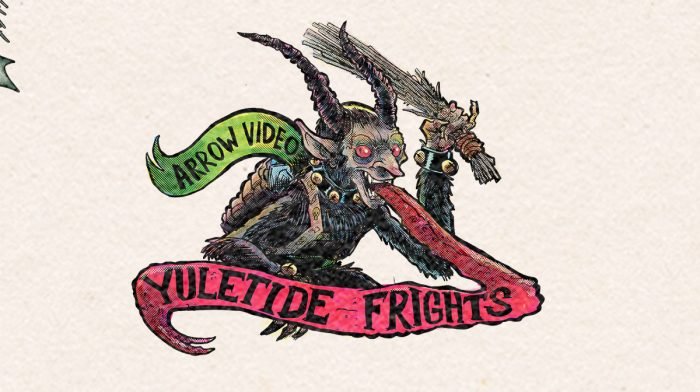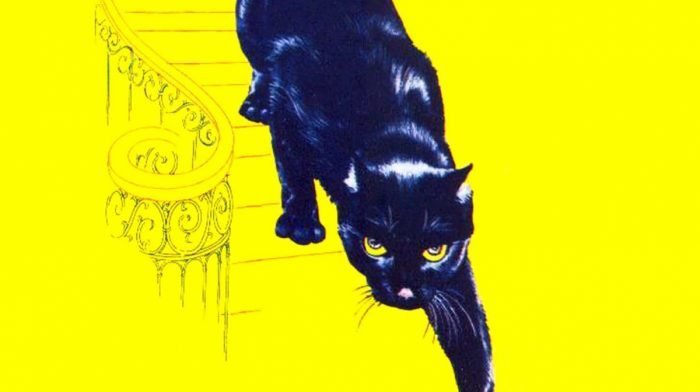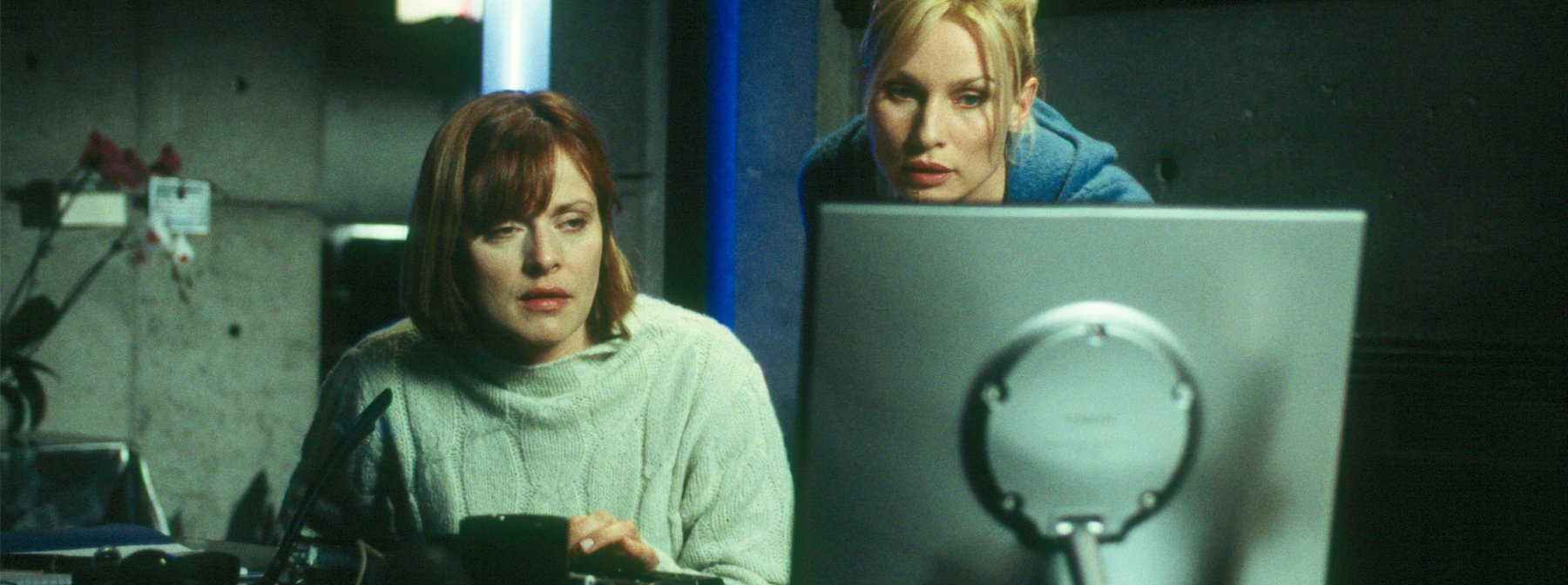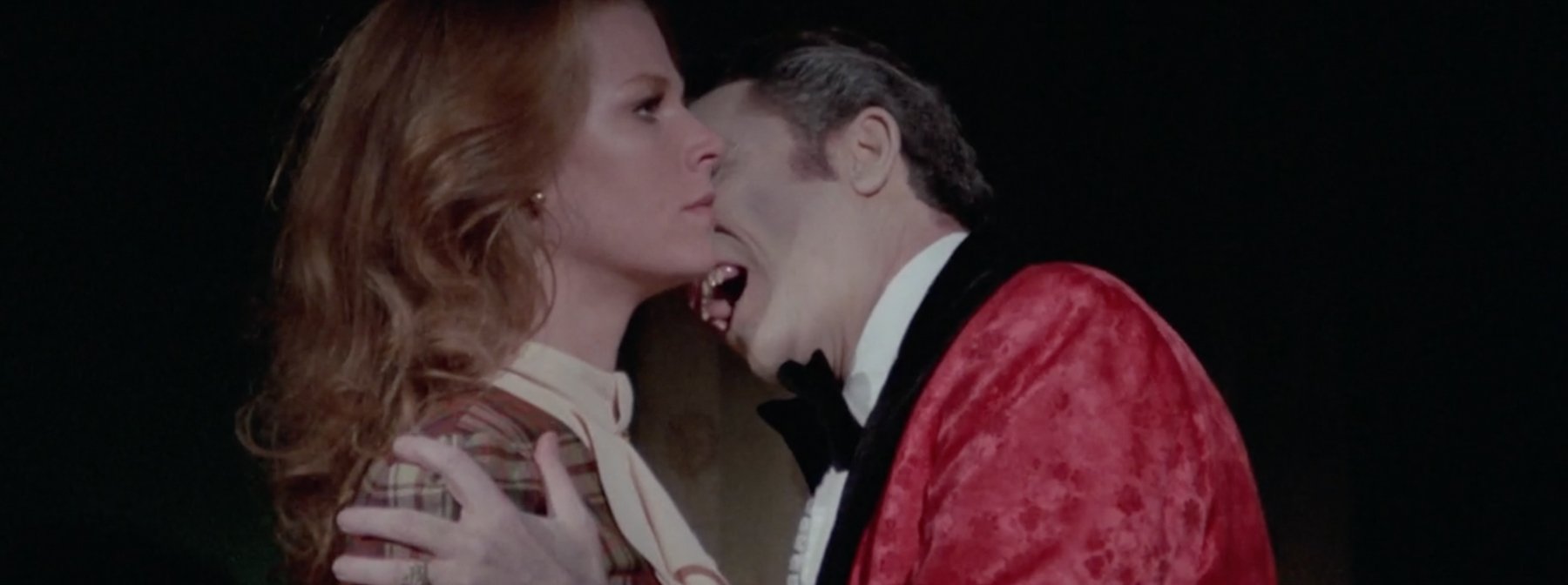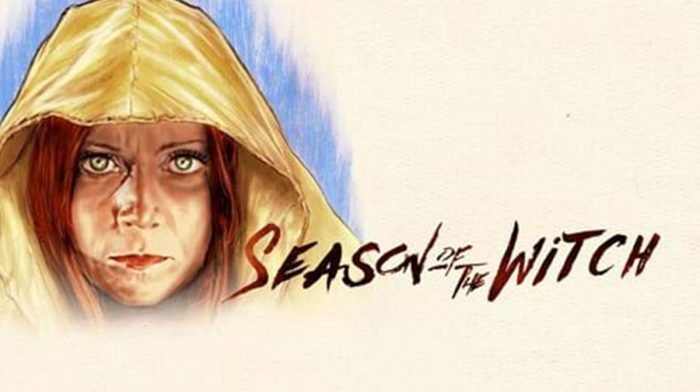What better excuse is there to explore the creepier side of horror, than ARROW’s celebration of the Ghastly Gothic? Presented here is a handful of movies that exemplify that twisting dark world of sex desire, dungeons and castles, and those ever-present guttering candles.
Mill of the Stone Women (1960)
Though cheekily stating in the titles that the film is based on a short story by Pieter van Weigen from the book Flemish Tales no such text or author exists. But what does that matter when we are presented with Italy’s first full-blown colour horror film? Though director Giorgio Ferroni would ply his trade mainly in the blood and sandals and spaghetti western marketplace, he would also dabble in the darkest of genres from time to time, later with The Night of the Devils (1971), a reworking of the Tolstoy story The Family of the Vourdalak but first and foremost with his cult favourite Mill of the Stone Women. While perhaps not as instantly recognisable as the more stylistic work of Bava or Argento, Ferroni’s richly gothic shocker combines a Mystery of the Wax Museum (1933) type storyline with a pre-Giallo aesthetic, often managing to outdo Hammer horror with its visual flourishes and its Kensington Gore appeal. It’s complex, dreamy, strange and arresting and utterly unmissable.
The Curious Dr. Humpp (1969)
Perhaps even more curious than the eponymous Dr. Humpp is the nature of the production in which the character appears. Could this odd erotic horror movie have been made in any other year than 1969? With its black and white Carnival of Souls (1962) feel and over-the-top use of soft pornographic imagery, The Curious Dr. Humpp, ruts fruggs and shimmies its way across the end of a decade, with all the subtly of a horny psychedelic brick thrown through the stained-glass window of a nearby church. Yet there is something wondrously exotic about this Argentinian exploitation piece from Emilio Vieyra. Somehow it manages to be both knowing and naïve, while the characters which populate this nasty little tale are often seen nude or in stages of undress, we get the feeling that what’s being stripped away is any sense of a changing future. Like many movies of this era, it revels in its own party of decadence shunning any thought of the 70s hangovers which were fast approaching. Silly, sexy and just a little bit horrible, what’s not to love?
The Cat O’ Nine Tails (1971)
Part of the ‘animal trilogy’ of Giallo movies, which also included The Bird with the Crystal Plumage (1970) and the glorious Four Flies on Grey Velvet (1971), Cat O’ Nine Tails (1971) offers up a pre-gothic horror does of classic Dario Argento, providing a mystery within a mystery, spattered with the blood of another victim of an unknown killer. Starring the Streets of San Francisco’s Karl Malden as a blind, once great journo, the story weaves through the murderous terrain, placing us at odds with what’s happening, so that we might empathize with the plight of the sightless protagonist. As ever, with Argento’s work, those expecting some sort of logical journey from A to B, may find themselves disappointed, but essentially, that’s not the point of these movies. The purpose of this and other pieces from this key moment in cult Italian film history is to provide an unapologetic injection of style over substance. Argento, a master of the theatrical presentation, utilises sound and off-kilter imagery to ram home his highly-stylized version of the whodunit psychological thriller.
The Shiver of the Vampires (1971)
Seriously, can any other movie claim to ‘out horror’ the opening minutes of Jean Rollin’s The Shiver of the Vampires (1971)? Though the rest of the film would be colour these opening black and white images of gravestones and sacred rites, complimented by blood red titles and an eerie score from French prog-rockers Acanthus, give these scenes an unforgettably gothic feel, more resembling a trailer for the latest Black Sabbath album than anything else. This sequence alone provides us with our money’s worth, making the then-flailing Hammer films feel a little redundant by comparison. Rollin, given his freer European status, was also able to sexually go places that Hammer, despite its later more promiscuous efforts, was often unable to visit. Sexy, stylish, and impressively dark and steamy, it’s also replete with Rollin’s custom brand motifs. Candle-lit orgies and bare-arsed writhing cut across the blood-letting and more obvious horror tropes to provide us with an entertaining and visceral terror which is as much ooh-la-la as it is a canny midnight scream fest.
Black Rainbow (1989)
Though better known for his gritty 70s gangland thriller Get Carter (1971) and his camp science fiction number Flash Gordon (1980), Mike Hodges was adept at dodging his auteur status, preferring instead, to work his magic on any number of movies that would see him for what he was, an incredibly safe pair of hands. Black Rainbow though, his darkly morose tale of religion, corruption, and the supernatural is arguably his most stylish piece of work. Existing in that enclave of American horror which can be best summed up as southern gothic, it drags us to sweaty courtroom interiors and the back-water homesteads of the bayous and beyond. Dark and mysterious, the plotline involving psychics and the church in a battle for a supposed ‘truth’ creates a transfixing premise that never disappoints and keeps us guessing even as the credits roll ominously on.
All of these and more are available to watch in the Ghastly Gothic Collection on ARROW.

